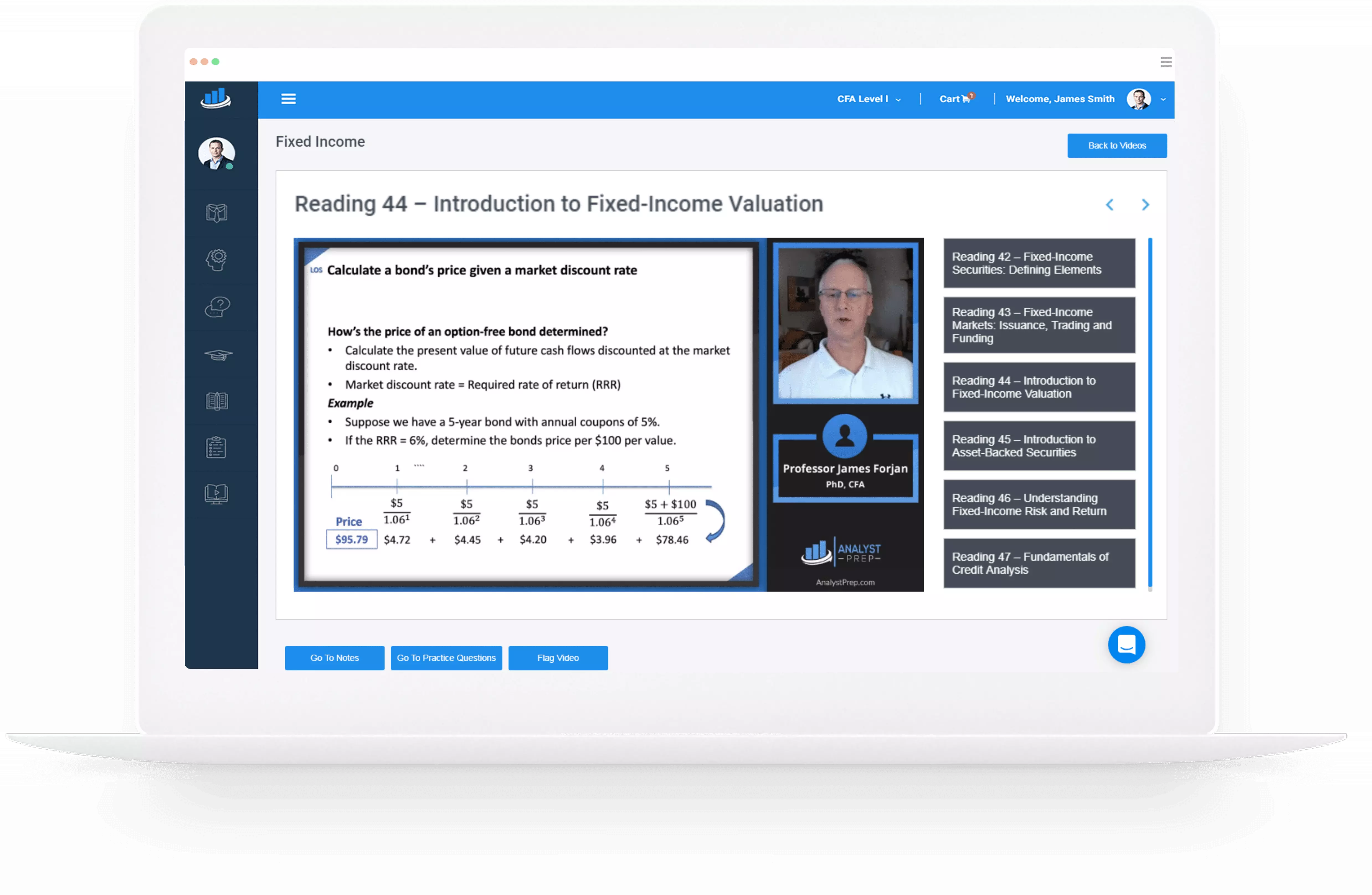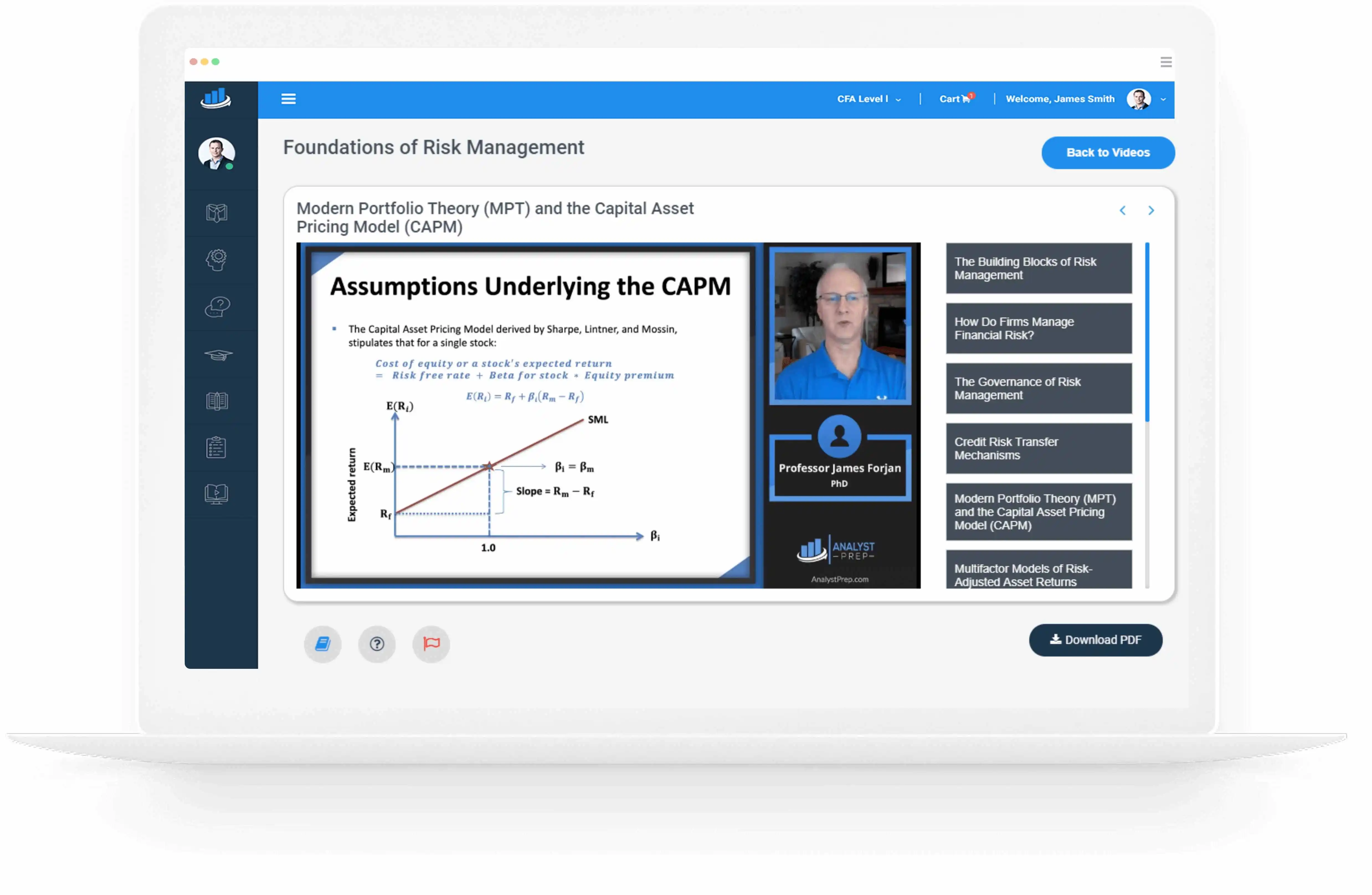Financing Working Capital
[vsw id=”qwQXR6SdLvA” source=”youtube” width=”611″ height=”344″ autoplay=”no”] Current assets less current liabilities equals working capital. $$\text{Working capital = Current assets – Current liabilities}$$ A company’s short-term assets and obligations are managed through working capital management. Its objective is to prevent excess…
Relationship among a Company’s Investments, Value, and Share Price
[vsw id=”mpz9JHQoarw” source=”youtube” width=”611″ height=”344″ autoplay=”no”] If a business can make an investment that generates more revenue than its opportunity cost of capital, the investment is beneficial to all parties involved and is, therefore, viable. An investment might reduce stakeholder…
Capital Allocation Pitfalls
[vsw id=”mpz9JHQoarw” source=”youtube” width=”611″ height=”344″ autoplay=”no”] Some of the common capital allocation pitfalls or mistakes are: Inertia By comparing the current capital investment to the amount from the previous year and the return on investment, analysts can determine the presence…
Net Present Value (NPV) and Internal Rate of Return (IRR)
[vsw id=”mpz9JHQoarw” source=”youtube” width=”611″ height=”344″ autoplay=”no”] Several important decision-making criteria are used to evaluate capital investments. The two most comprehensive and well-understood measures of whether or not a project is profitable are the net present value (NPV) and the internal…
Process and Principles of Capital Allocation
[vsw id=”mpz9JHQoarw” source=”youtube” width=”611″ height=”344″ autoplay=”no”] Capital allocation describes the process companies use to make decisions on capital projects, i.e., projects with a lifespan of one year or more. It is a cost-benefit exercise that seeks to produce results and…
Types of Capital Investments Made by Companies
[vsw id=”mpz9JHQoarw” source=”youtube” width=”611″ height=”344″ autoplay=”no”] Capital investments are undertaken to either maintain the existing business or/and grow it. There are four main types of capital investments: Going concern (or maintenance) projects. Regulatory or compliance projects. Expansion projects. Other projects….
International Organizations
[vsw id=”BYYrYlNavnU” source=”youtube” width=”611″ height=”344″ autoplay=”no”] The global trade decline in the 1940s had some negative impacts. The living standards of people fell, and unemployment became a chronic issue. Due to this, there was a need to create international organizations…
How Decisions Affect Balance of Payments
[vsw id=”BYYrYlNavnU” source=”youtube” width=”611″ height=”344″ autoplay=”no”] Balance of payments has a great impact on the movement of exchange rates and international trade. When a country is faced with trade deficits, it’s likely to experience a fall in its reserves and…
Balance of Payments Accounts
[vsw id=”BYYrYlNavnU” source=”youtube” width=”611″ height=”344″ autoplay=”no”] A balance of payments is a combined account of receipts and payments to and from other nations that arise from economic activities undertaken annually. According to C.B Kindleberger, “the balance of payments of a…
Objectives of Capital Restrictions
[vsw id=”BYYrYlNavnU” source=”youtube” width=”611″ height=”344″ autoplay=”no”] Capital restrictions are the measures that governments or central banks take to control the flow of foreign money in and out of a country’s economy. Government controls include tariffs, taxes, volume capital restrictions, etc.




